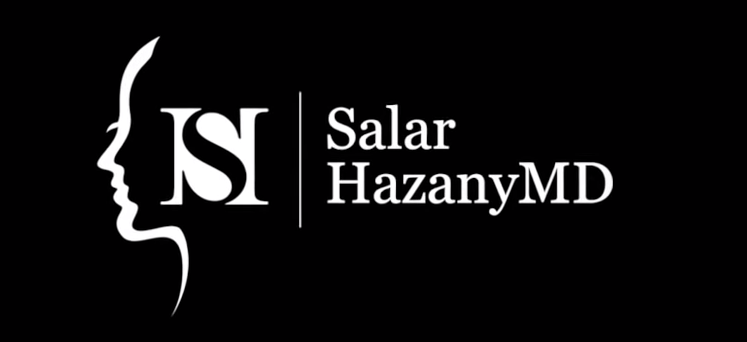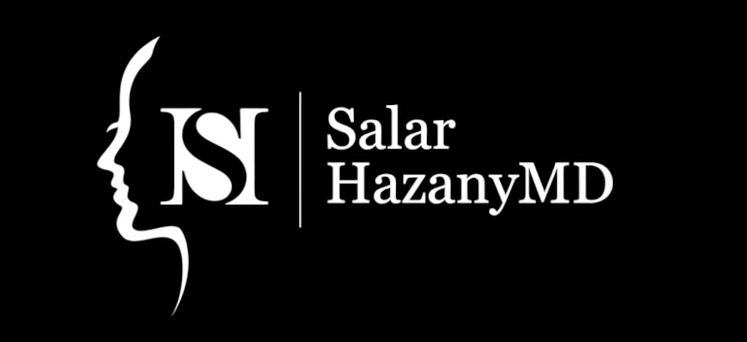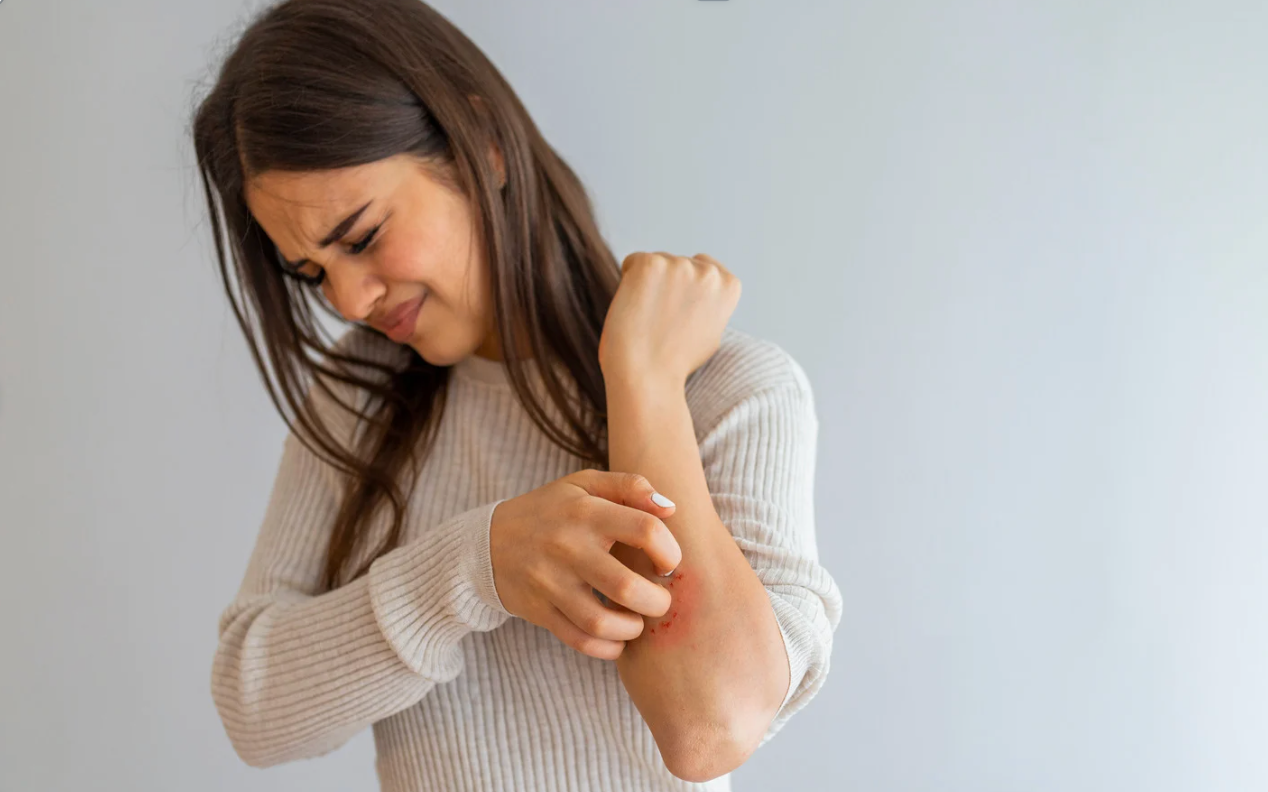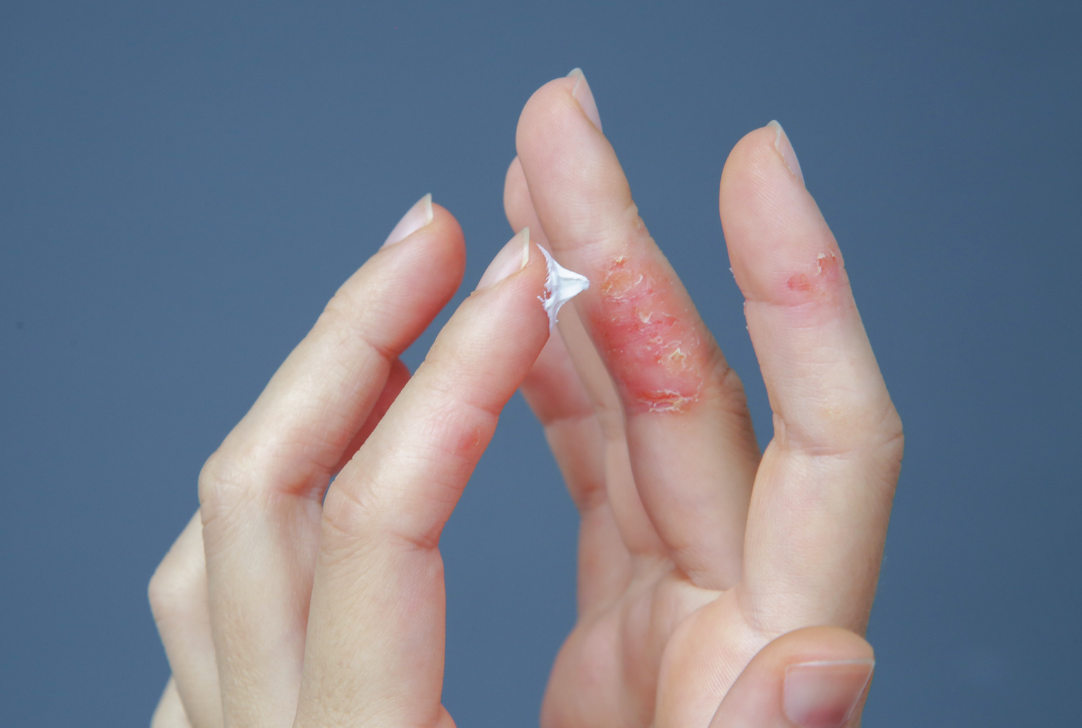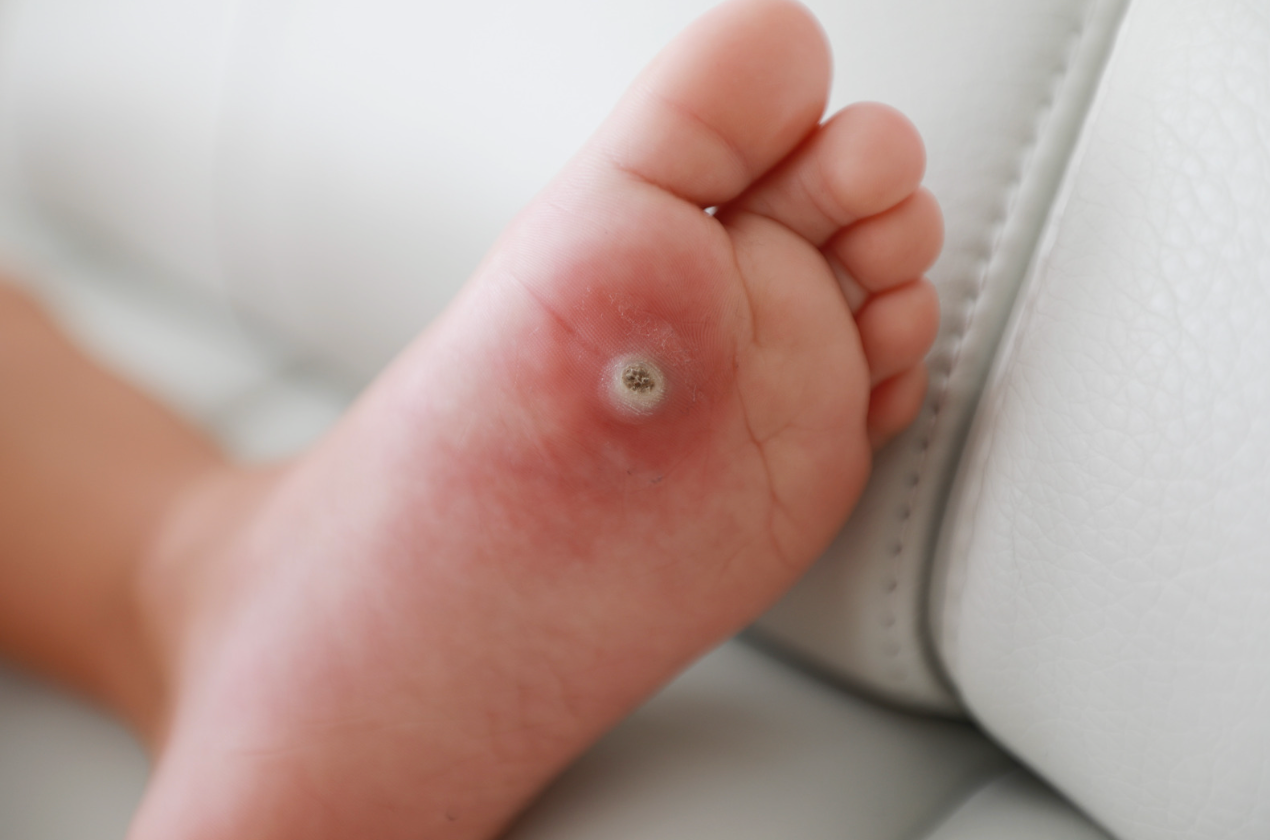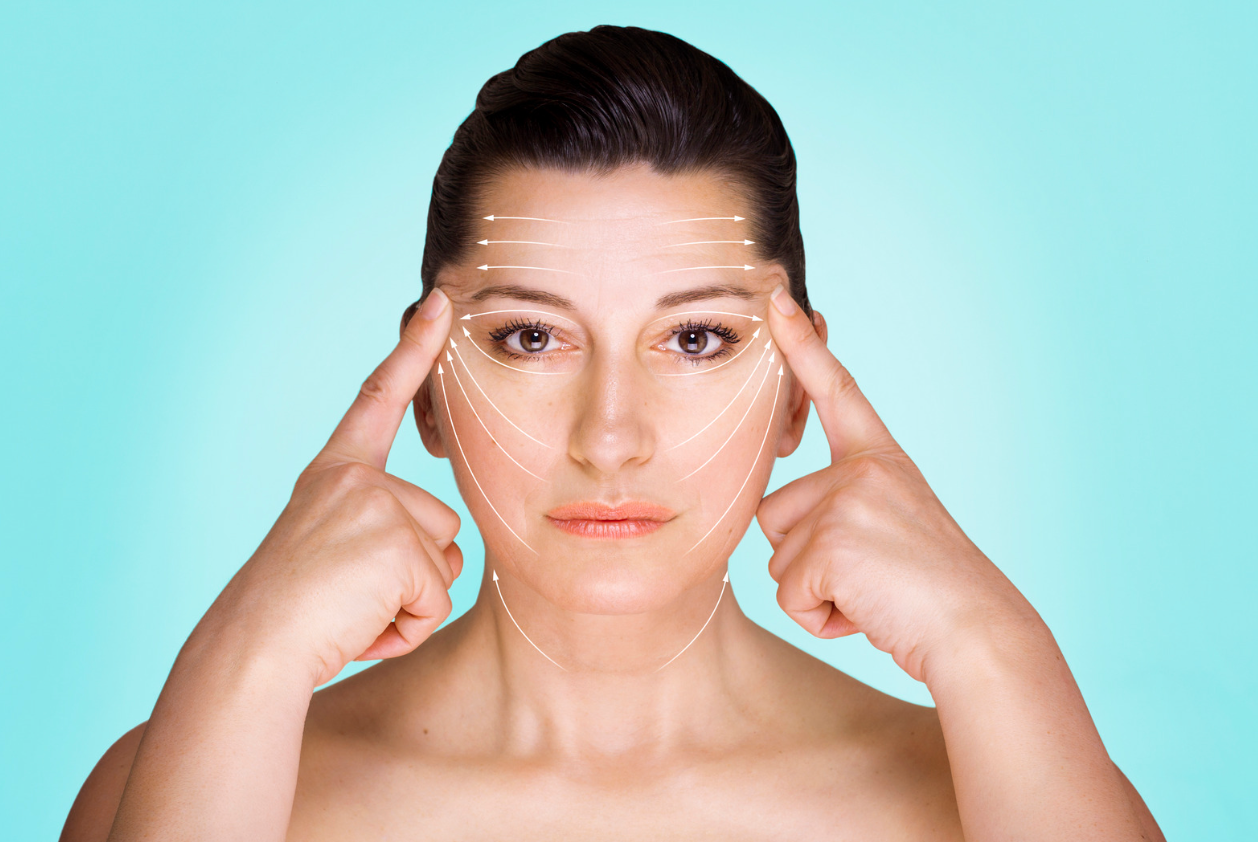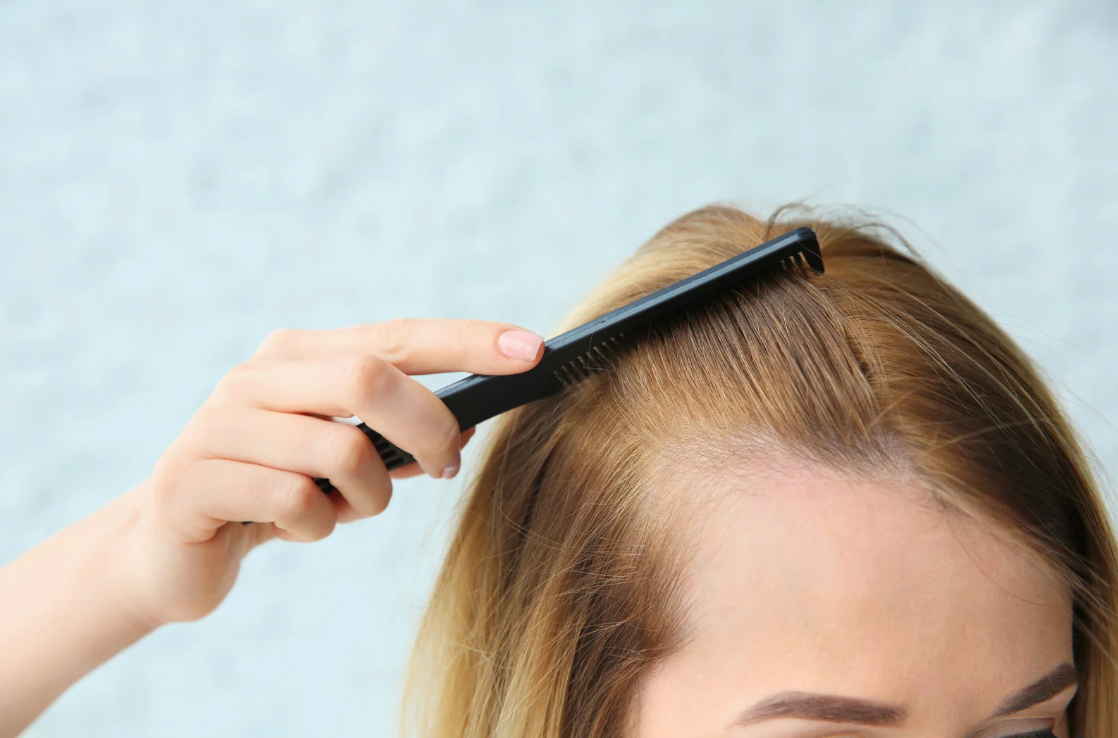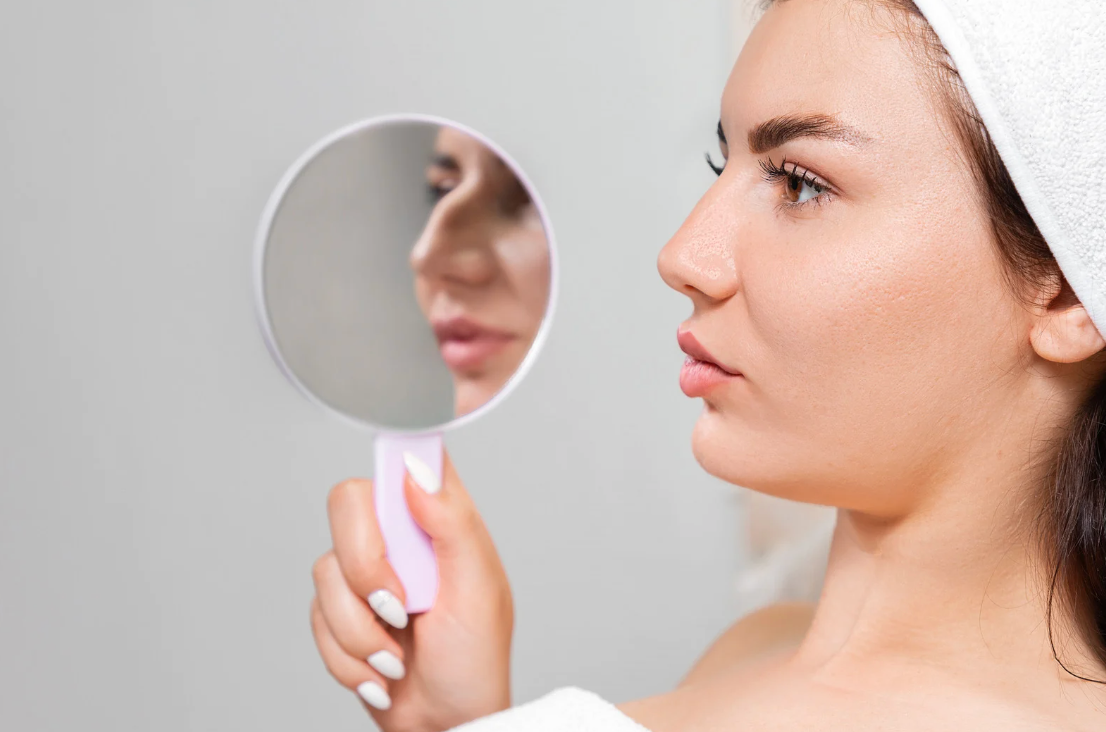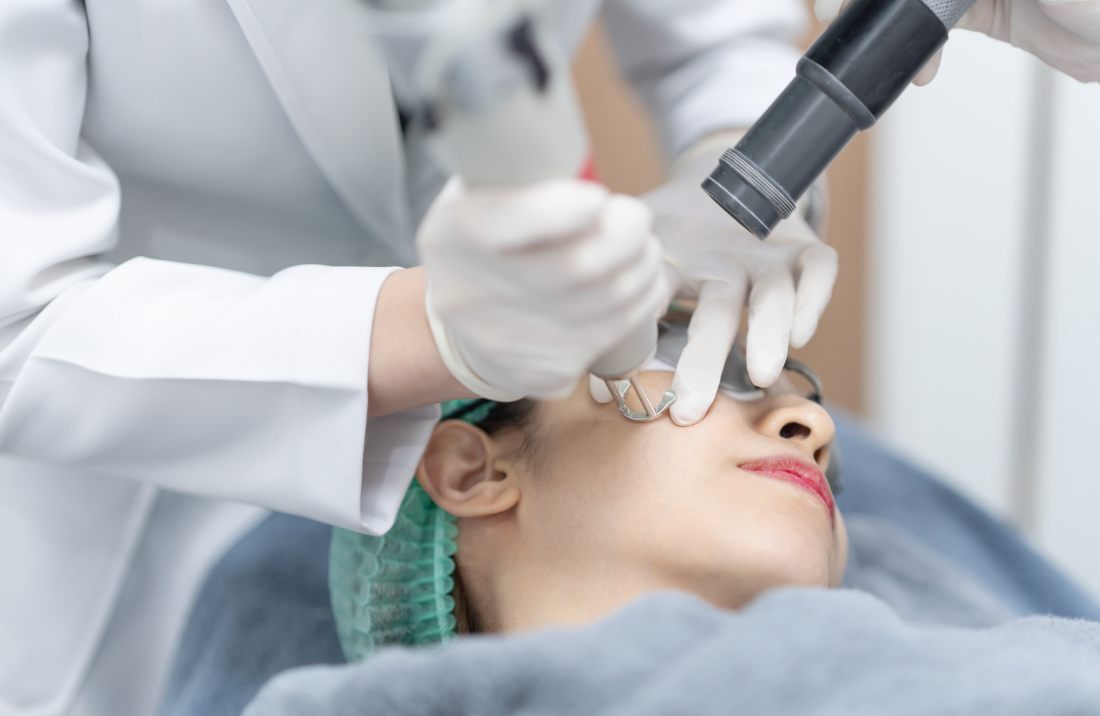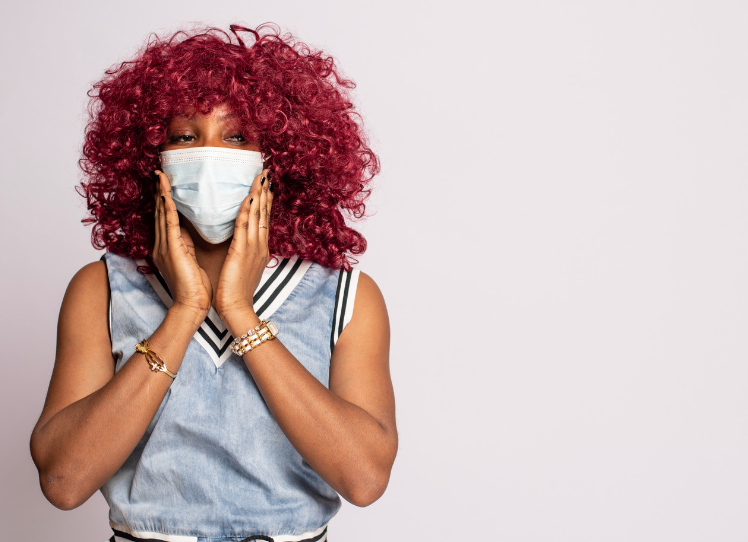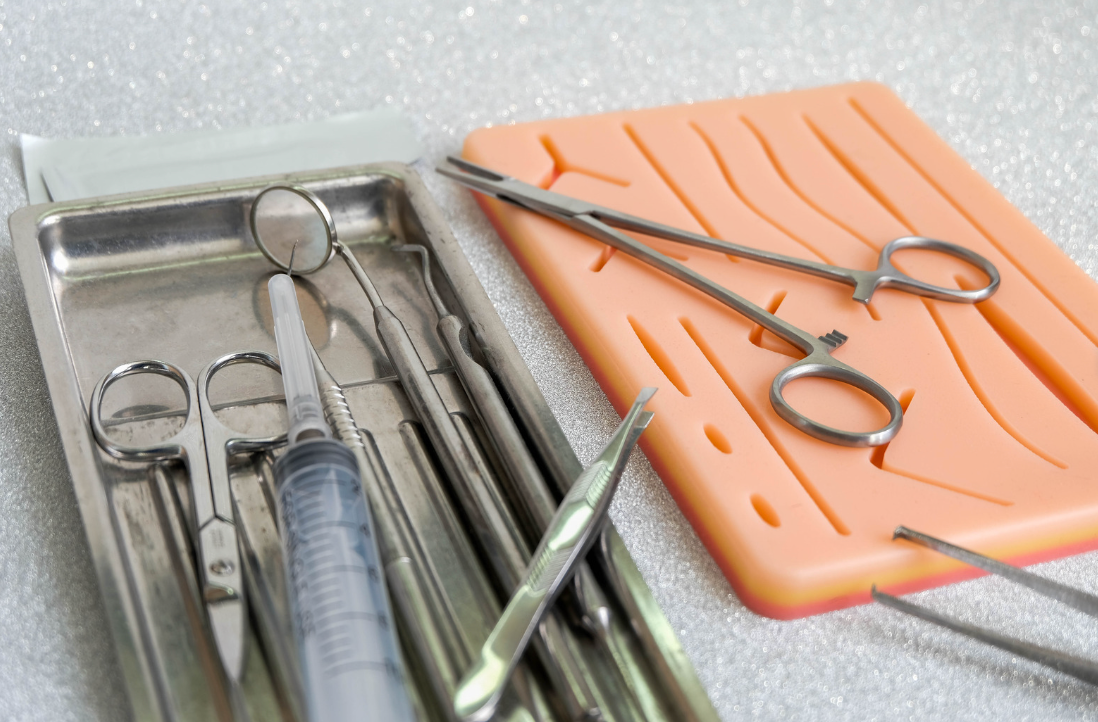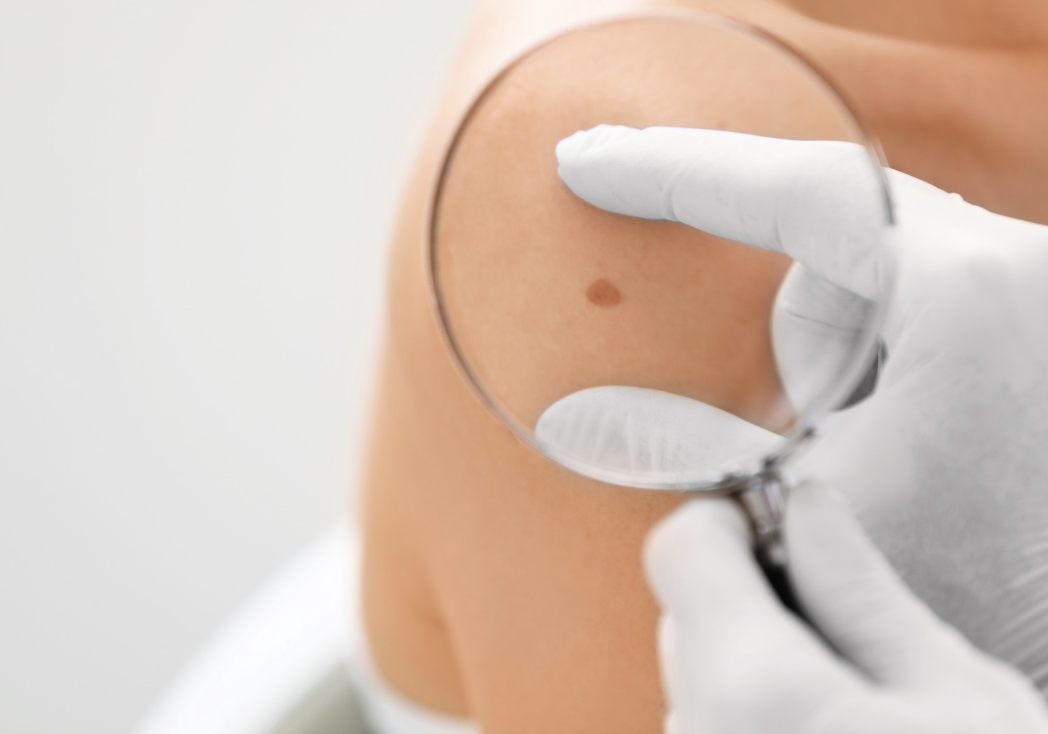Red Carpet Ready: Your Guide to the Ultimate Laser Facial
The Ultimate Glow-Up: Discover the Benefits of Red-Carpet Lasers
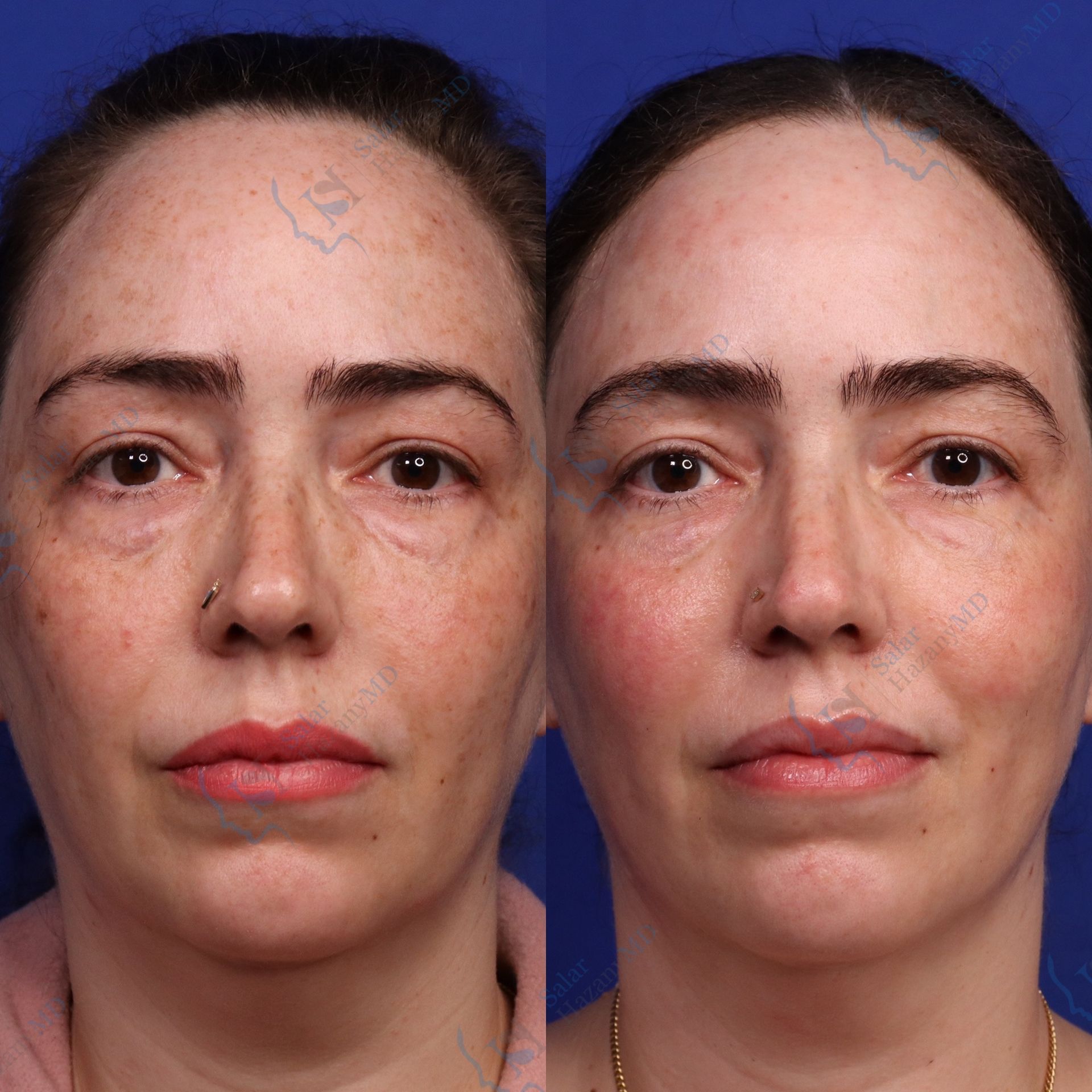
Are you tired of dealing with wrinkles, fine lines, and uneven skin texture? If so, then you may want to consider undergoing the Red-Carpet Laser. It is a minimally invasive laser procedure that is becoming increasingly more popular among not only celebrities but also other people who are simply looking to get a subtle, natural-looking boost to their appearance. In this blog, we are going to discuss how the Red-Carpet Laser works, including its risks and benefits as well as what to expect during and after the procedure.
How did it get its name?
The Red-Carpet Laser is perfect for getting you ready for your (you guessed it!) “red-carpet” event. In fact, most individuals take only 5 to 7 days to fully recover from the procedure and look their best for special occasions.
When it comes to cosmetic treatments, a lot of people immediately think of facelifts, botox, and fillers. While those are great treatments, not many people are comfortable going under the knife or having substances injected into their face. Some people just want a subtle, natural-looking boost to their appearance.
How does the Red-Carpet Laser work?
The Red-Carpet Laser works by delivering controlled thermal damage to the outermost layer of the skin, called the epidermis. This removes the damaged skin cells, which stimulates the growth of new, healthy skin. This procedure also induces collagen production in the dermis to thicken the skin, helping to reduce signs of aging, such as fine lines and wrinkles.
What type of laser is used for the Red-Carpet Laser?
There are a variety of different lasers that can be used for the Red-Carpet treatment. These lasers can either be fully ablative (wipes off the entire top layer of the skin) or fractional (resurfaces only a “fraction” of the skin in a pixelated pattern). Additionally, the red carpet can be performed with either the CO2 or erbium:YAG laser.
There are several considerations to make when deciding which laser to use for your Red-Carpet Laser. If you want to completely renew the top layer of your skin, then the fully-ablative option may be more desirable. However, the downtime may be more extensive. Fractional lasers, on the other hand, remove only a portion of the damaged top layer, sparing some healthy skin in between to expedite the healing process. Finally, the decision to use CO2 and erbium:YAG is also dependent on your skin type. CO2 induces more thermal damage to the skin to produce more noticeable results but has a higher risk of hyperpigmentation for people with darker skin types.
What should I expect during the procedure?
The procedure typically takes around 30 to 60 minutes, depending on the extent of the area being treated. Your face will be numbed with topical anesthetic prior to the procedure to minimize discomfort. After your face is numb, the laser is meticulously run across your entire face. After the procedure is done, you may notice some redness, swelling, and tenderness, which typically subsides within a couple of days.
Benefits of the Red-Carpet Laser
The Red-Carpet Laser is an effective treatment for promoting a more youthful and radiant appearance. Benefits include the following:
- Reducing fine lines, wrinkles, and creases: The laser induces the production of key proteins in the skin that maintains firmness and elasticity, notably collagen and elastin.
- Evening out skin tone and texture: The laser wipes off pigmented, damaged skin cells in the epidermis, which subsequently triggers the growth of fresh skin cells.
- Minimal downtime: The Red-Carpet Laser is unique in that no cutting or harsh injectables are involved. Normal activities can be resumed within a couple of days of treatment while the dead skin sloughs off on its own.
Risks and Adverse Effects of the Red-Carpet Laser
Just as with any cosmetic procedure, the Red-Carpet Laser carries some potential risks and side effects during and after the treatment is performed. These include:
- Redness and swelling: It is normal for the skin to appear inflamed, as this is a normally healing response by the body. The swelling takes around 1 day to go down. However, the redness slowly tapers off over the course of several weeks.
- Pain and discomfort: After the anesthetic wears off, patients may feel a burning or stinging feeling on their skin, which is also normal. Patients usually manage discomfort well with OTC pain medications and icing.
- Dyspigmentation: In rare cases, patients may experience darkening or lightening of their skin after the procedure. It is important to stay out of the sun and follow strict aftercare measures to minimize the risk of permanent pigmentary changes to the skin.
How often do I need to get the Red-Carpet Laser?
Many people choose to undergo the Red-Carpet Laser once or twice a year. People with mild signs of aging can see substantial results with consistent treatments. However, people with severe wrinkles and creases may need to undergo mini facelifts or neck lifts to see a more appreciable difference in their appearance. However, these patients can still see a visual difference in the overall texture and color of their skin.
The timing of your Red-Carpet Laser is also important when it comes to safety. Most patients choose to undergo the procedure during the winter time when the sun is less intense. This drastically reduces the risk for pigmentary changes (but does NOT excuse strict sun avoidance).
How do I see if I am a good candidate for the Red-Carpet Laser?
It is important to see a licensed dermatologist to see if the Red-Carpet Laser is a good fit for you. Also, during the consultation, it is important to discuss your personal risk factors for developing adverse reactions, such as post-inflammatory hyperpigmentation, as is more commonly seen in darker skin complexions.
Conclusion
The Red-Carpet Laser is one of the most effective treatments for overall skin rejuvenation with minimal downtime. This procedure employs the latest laser-based technology to deliver thermal energy to the skin to promote skin exfoliation and contraction, giving your face a more radiant appearance. If you are considering undergoing this procedure, be sure to reach out to a board-certified skin professional to help you achieve your cosmetic goals.

@drcancerkiller
Los Angeles board-certified dermatologist and Mohs micrographic surgeon Dr. Hazany of Salar Hazany MD in Beverly Hills provides his patients with world class skincare. He offers skin cancer removal, active acne treatment, acne scarring removal, minimally invasive cosmetic dermatology procedures, and much more to patients of all ages from the greater Los Angeles area and all over Southern California including Beverly Hills, Bel Air, Brentwood, Century City, Westwood, Hollywood, West Hollywood, Santa Monica, Malibu, Venice, Marina Del Rey, Glendale, Pasadena, and the San Fernando Valley.

@drcancerkiller
Los Angeles board-certified dermatologist, micrographic dermatologic surgeon, and Mohs micrographic surgeon, Dr. Hazany, of Salar Hazany MD in Beverly Hills provides his patients with world class skincare. He offers skin cancer removal, active acne treatment, acne scarring removal, minimally invasive cosmetic dermatology procedures, and much more to patients of all ages from the greater Los Angeles area and all over Southern California including Beverly Hills, Bel Air, Brentwood, Century City, Westwood, Hollywood, West Hollywood, Santa Monica, Malibu, Venice, Marina Del Rey, Glendale, Pasadena, and the San Fernando Valley.
Contact Us
__________
Working Hours
__________
- Monday
- -
- Tuesday
- -
- Wednesday
- -
- Thursday
- -
- Friday
- -
- Saturday
- Closed
- Sunday
- Closed
Contact Us
Address:
421 N Rodeo Dr Suite T-13, Beverly Hills, CA 90210
Phone:
Fax:
(855) 569-5698
Email:
Hours
- Monday
- -
- Tuesday
- -
- Wednesday
- -
- Thursday
- -
- Friday
- -
- Saturday
- Closed
- Sunday
- Closed
